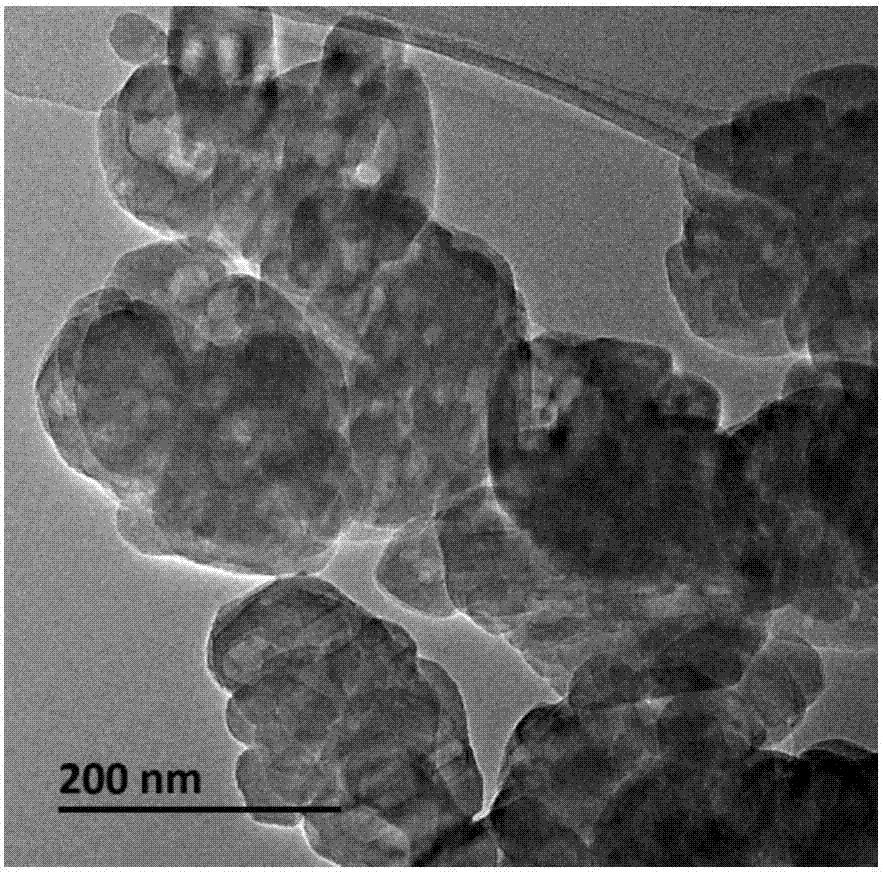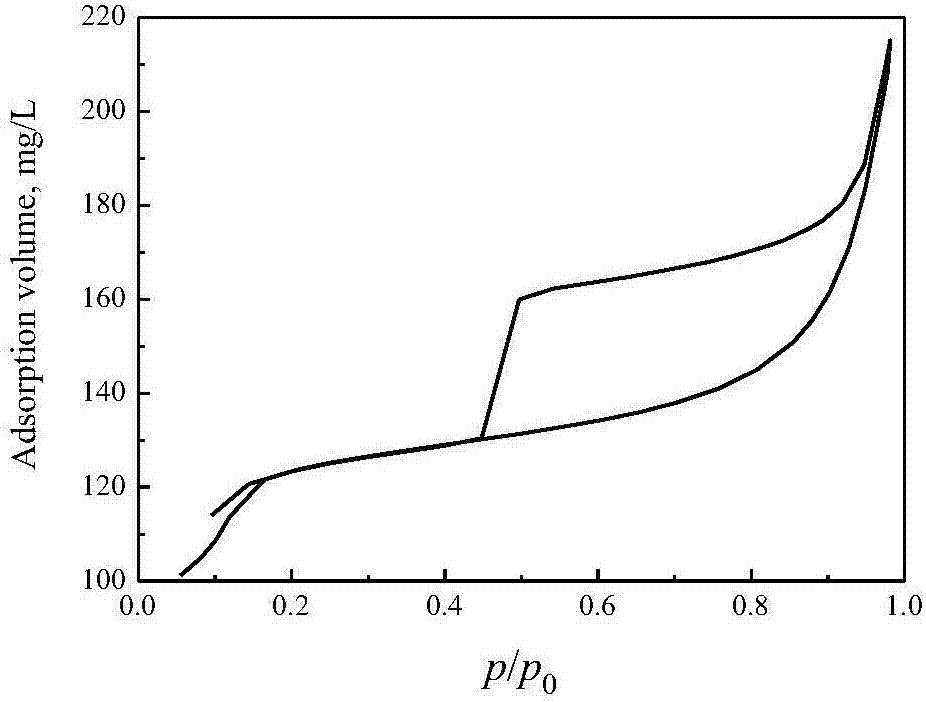Method for preparing dichloropropanol
A technology of dichloropropanol and chloropropene, which is applied in the direction of chemical instruments and methods, the introduction of hydroxyl and halogen preparation, molecular sieve catalysts, etc., can solve the problems of intensified side reactions, large wastewater discharge, and serious equipment corrosion. Simple, safe and efficient process, mild reaction conditions
- Summary
- Abstract
- Description
- Claims
- Application Information
AI Technical Summary
Problems solved by technology
Method used
Image
Examples
preparation example Construction
[0035] The preparation method of the TS-1 molecular sieve adopted in the embodiment is: add about 3 / 4 amount of tetrapropylammonium hydroxide (TPAOH, 20%, purchased from American Aldrich Company) solution to tetraethyl orthosilicate (TEOS) solution, obtain a liquid mixture with a pH of about 13, and then add a required amount of n-butyl titanate [Ti(OBu) dropwise to the obtained liquid mixture under vigorous stirring. 4 ] in anhydrous isopropanol solution, and after stirring for 15 minutes, a clear liquid was obtained. Finally, the remaining TPAOH was slowly added to the clear liquid, and stirred at 348-353K for about 3 hours to obtain a chemical composition of 0.03TiO 2 : SiO 2 :0.36TPA:35H 2 The sol of O was then crystallized at 443K for 3 days, and then the obtained solid was filtered, washed with distilled water, dried at 373K for 5 hours, and then calcined at 823K for 10 hours to obtain a molecular sieve sample. Wherein, the consumption of TEOS is 42g, the consumption o...
Embodiment 1
[0045] Allyl chloride, 30 mass % hydrogen peroxide aqueous solution, 37 mass % hydrochloric acid and required amount of water are put into the reactor to obtain the chloropropene, hydrogen peroxide, hydrogen chloride and water in a molar ratio of 1: 1.5: 1.5: 20 of the reaction mixture, put TS-1 molecular sieve into the reaction kettle, the mass ratio of TS-1 molecular sieve to chloropropene is 0.25, and then react the reaction mixture in the reaction kettle at a temperature of 20°C for 2 hours, and take a sample after the reaction is completed Analysis, analysis results are shown in Table 1.
Embodiment 2
[0047] Allyl chloride, 30 mass % hydrogen peroxide aqueous solution, 37 mass % hydrochloric acid and required amount of water are put into the reactor to obtain the chloropropene, hydrogen peroxide, hydrogen chloride and water in a molar ratio of 1: 1.5: 1.5: 20 of the reaction mixture, put the hollow titanium-silicon molecular sieve HTS into the reactor, the mass ratio of the hollow titanium-silicon molecular sieve HTS to chloropropene is 0.25, and then react the reaction mixture in the reactor at a temperature of 20°C for 2 hours, and the reaction is completed After sampling and analysis, the analysis results are shown in Table 1.
PUM
| Property | Measurement | Unit |
|---|---|---|
| length | aaaaa | aaaaa |
| length | aaaaa | aaaaa |
| length | aaaaa | aaaaa |
Abstract
Description
Claims
Application Information
 Login to View More
Login to View More - R&D
- Intellectual Property
- Life Sciences
- Materials
- Tech Scout
- Unparalleled Data Quality
- Higher Quality Content
- 60% Fewer Hallucinations
Browse by: Latest US Patents, China's latest patents, Technical Efficacy Thesaurus, Application Domain, Technology Topic, Popular Technical Reports.
© 2025 PatSnap. All rights reserved.Legal|Privacy policy|Modern Slavery Act Transparency Statement|Sitemap|About US| Contact US: help@patsnap.com



